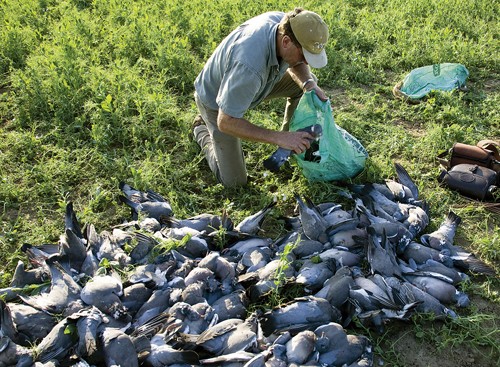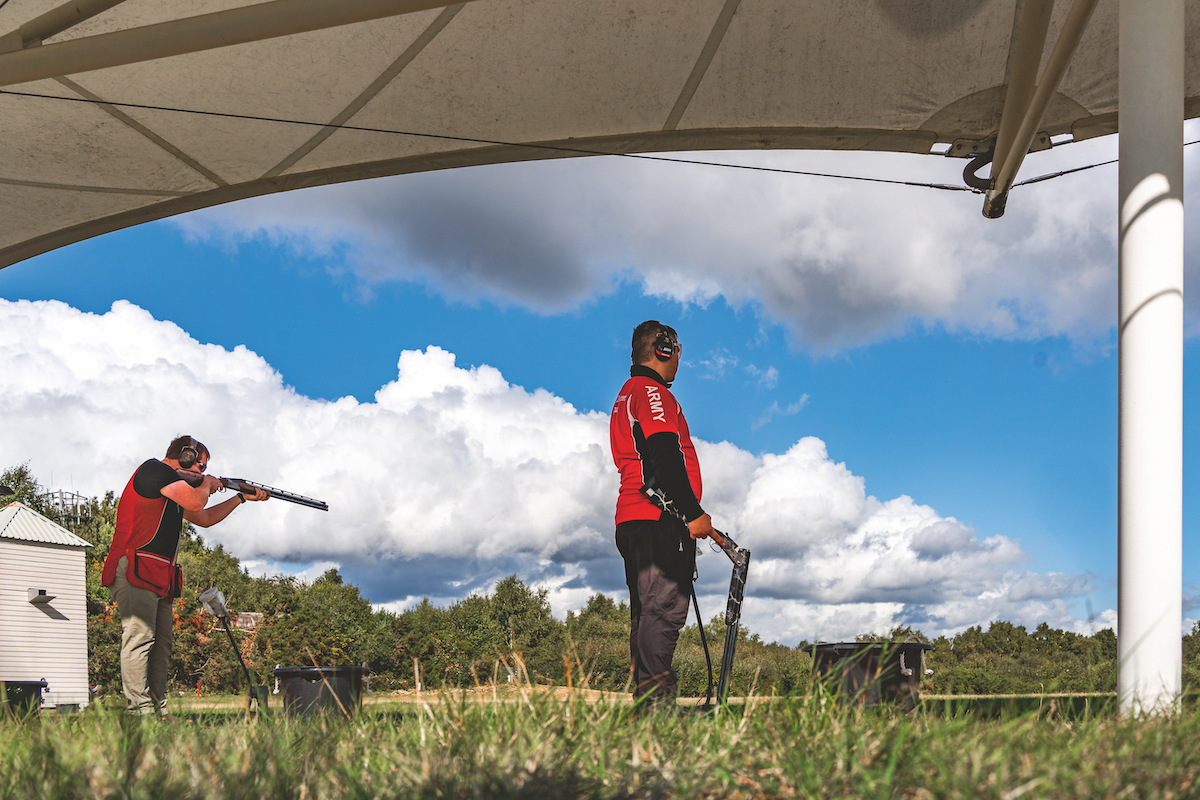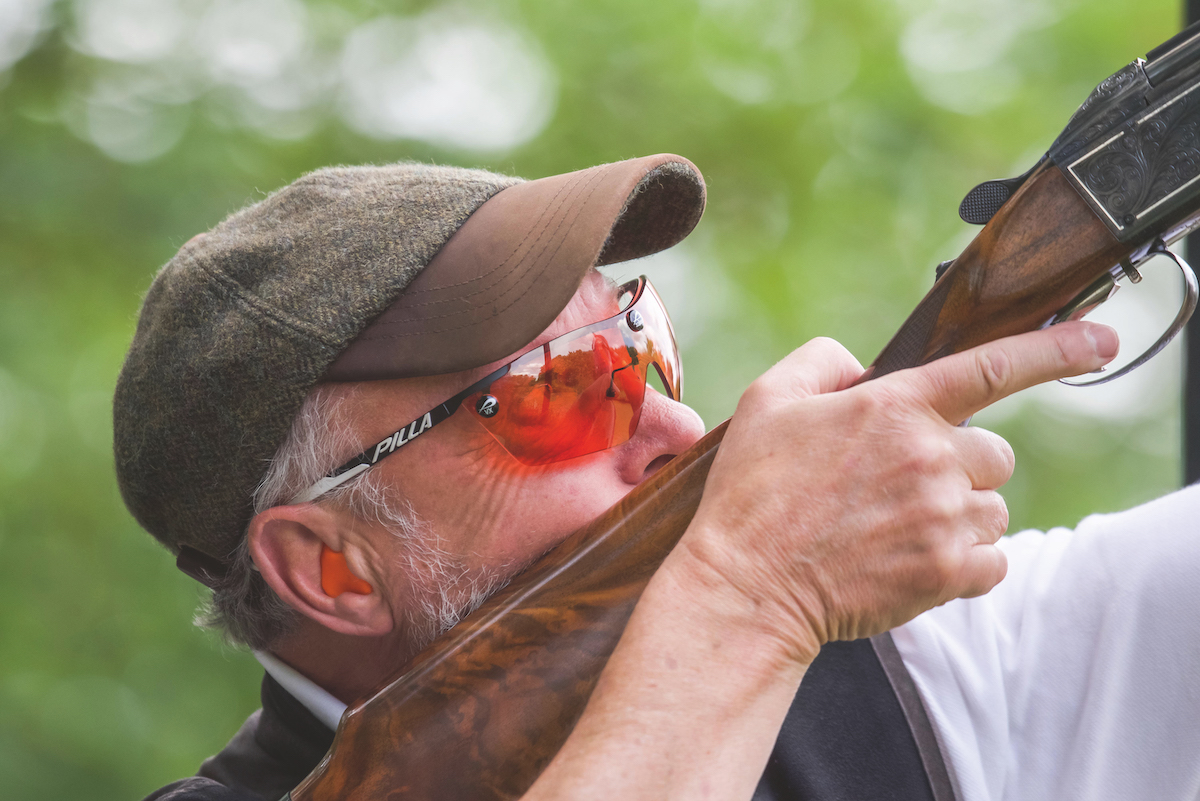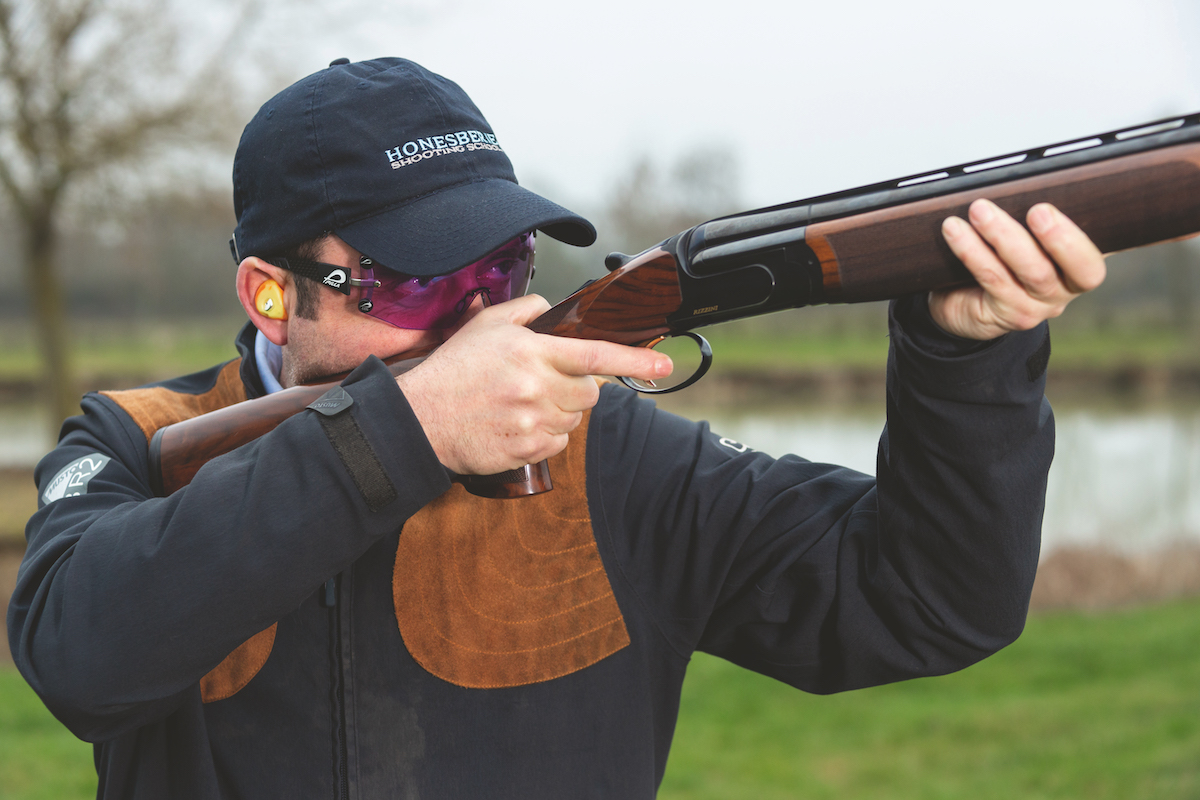Pigeon shooting over late spring drillings

Back in October last year I made a prediction in Sporting Gun that the coming winter was going to be a nightmare for farmers growing oilseed rape.
It was based on the fact that because of the unprecedented levels of rainfall throughout the summer and autumn, most rape fields were, at best, poorly established.
Farmers might have got away with that had it not been for the complete failure of the acorn crop, and also very little drilling took place after the middle of October.
The upshot of all these events coming together was that pigeons started to attack the rape in October, a full month earlier than usual.
It took little imagination to visualise what a thousand woodies might do to plants that had barely struggled out of the ground.
They would then continue to hammer these fields for the next five months.
‘RAPE MODE’
We shot some decent bags early on, but pigeons soon adopted ‘rape mode’, whereby they gathered into truly enormous flocks and simply moved en masse to the next field the minute we pulled into the gateway.
Farmers, anxious to try and save their crops, compounded the problem by continually moving the birds with gas guns and rockets.
You can’t blame them, of course, but a pigeon will always get in to feed at some point during the day, if only for a few minutes, and you simply cannot spare the time and effort required to keep them off your crops entirely.
This led to several frustrating conversations with farmers who, after being told that it was impossible for us to kill any number of birds when they were not being allowed to settle on a field for even a day, could not understand why some of us were getting fed up with trying.
Duty prevented me from giving up entirely but, in truth, the best I could offer on most occasions was to make sure the birds fed on someone else’s farm that day!
Frosty conditions in December allowed a few farmers to muddle in winter wheat, and observant decoyers who were on the ball enjoyed some worthwhile bags as hungry pigeons took advantage of a break from the rape fields.
But soon, it was back to the old routine, with January snow increasing the need for birds to feed ever harder on the by now decimated rape.
It’s probably 30 years since I have seen such devastation, even fields that were growing strong in November, have been eaten back to the stalk.
Fields that were a bit backward, and would have survived a normal winter, have been totally wiped out, and will have to be replanted in the Spring.
For the first time in many winters, the birds themselves were beginning to suffer, with thin specimens featuring in the bag more and more, particularly late hatched youngsters.
It was noticeable at this time that pigeons kept their movements to an absolute minimum, only shifting to another field when forced to, and selecting the fields closest to their roost woods.
Energy wasted had to be replaced somehow, so better to conserve it where possible.
OUT IN FORCE
Mercifully the land started to dry out by the end of February, and as such the seed drills started to emerge.

Farmers, keen to catch up with their planting, have been out in force but these early seedbeds have been less than ideal, resulting in plenty of food left on the surface.
Frustratingly for us decoyers, the pigeons have been slow to switch on to the easy pickings.
This is not a new phenomenon for us old hands.
It used to be thought that pigeons became ‘hooked’ on rape, and that they actually preferred it to cereals, but I think that in a winter like the one we’ve just had pigeons become so used to heading out to the rape fields they simply are not looking for alternatives and it takes them a while to cotton on.
I’ve always had better results when the birds realise that a tractor working in a field could mean some decent grub soon, and they start to follow the drill.
In the past, I have known situations where pigeons have fed relentlessly on a rape field for four months, and totally ignore a drilled field, covered in seed, right next door.
But, two weeks down the line, they were actually hitting a field before the farmer had finished drilling it!
As I write, we’re on the cusp of this happening; an early outing on drilled wheat only resulting in a bag of 24, despite the fact that there was an abundance of food on the surface and upwards of 400 pigeons had been feeding there for a week.
They were still in hit and run mood and very twitchy, most simply ignoring our setup.
But it was great to be out and walking on fresh drill without sinking up to our knees in mud.
It was enough to see the occasional bird spiral into the decoys to remind us of what’s in store very soon.
There’s still so much drilling to be completed, in many cases on land that has not even been ploughed yet, and that inevitably means some will go into poor seedbeds.
These will be the fields I’ll keep a close eye on. In normal years, I may only have two or three fields like this, but this year I am expecting 20.
By the time you read this we’ll know if this Spring turned out to be the best for a long time.
My prediction is that it will have been – and that the rest of the year could turn out to be a record one for numbers’ bagged.
Good luck, and get stuck in!
Pigeon shooting over late spring drillings








